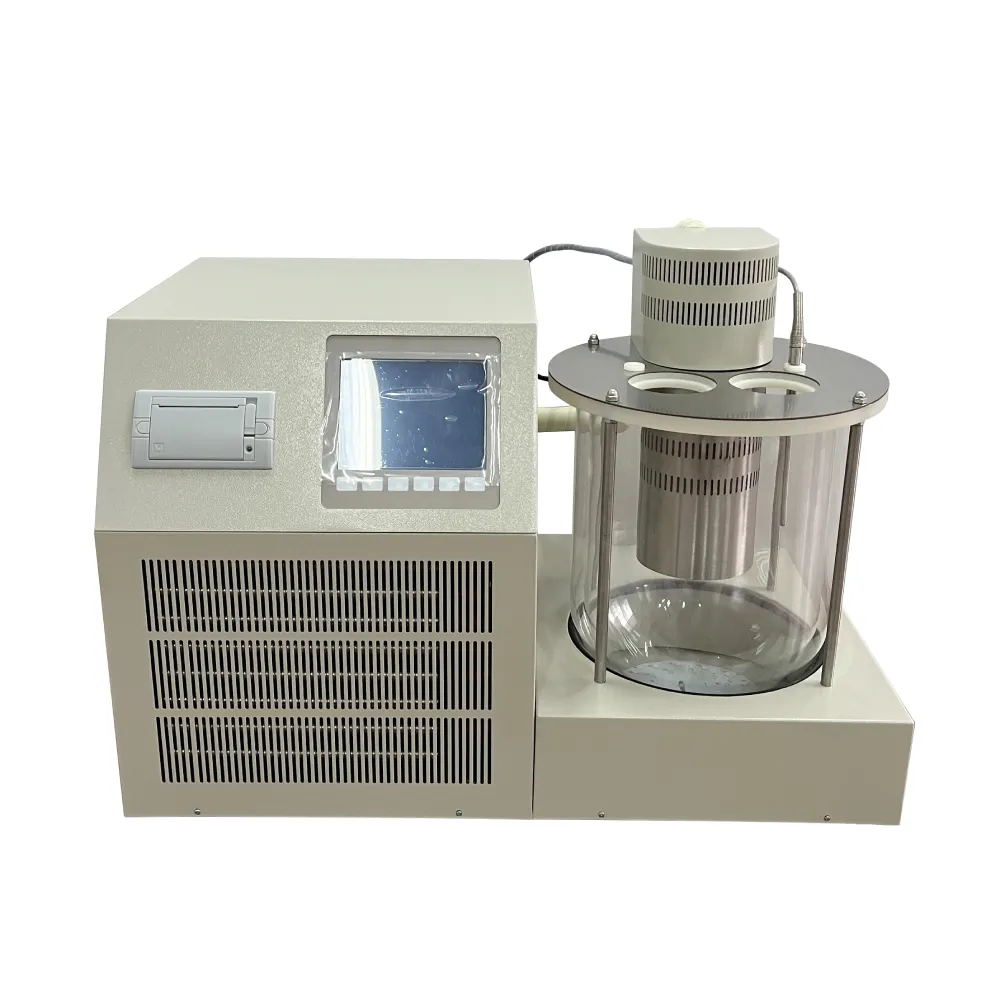 English
English



-
 Afrikaans
Afrikaans -
 Albanian
Albanian -
 Amharic
Amharic -
 Arabic
Arabic -
 Armenian
Armenian -
 Azerbaijani
Azerbaijani -
 Basque
Basque -
 Belarusian
Belarusian -
 Bengali
Bengali -
 Bosnian
Bosnian -
 Bulgarian
Bulgarian -
 Catalan
Catalan -
 Cebuano
Cebuano -
 China
China -
 China (Taiwan)
China (Taiwan) -
 Corsican
Corsican -
 Croatian
Croatian -
 Czech
Czech -
 Danish
Danish -
 Dutch
Dutch -
 English
English -
 Esperanto
Esperanto -
 Estonian
Estonian -
 Finnish
Finnish -
 French
French -
 Frisian
Frisian -
 Galician
Galician -
 Georgian
Georgian -
 German
German -
 Greek
Greek -
 Gujarati
Gujarati -
 Haitian Creole
Haitian Creole -
 hausa
hausa -
 hawaiian
hawaiian -
 Hebrew
Hebrew -
 Hindi
Hindi -
 Miao
Miao -
 Hungarian
Hungarian -
 Icelandic
Icelandic -
 igbo
igbo -
 Indonesian
Indonesian -
 irish
irish -
 Italian
Italian -
 Japanese
Japanese -
 Javanese
Javanese -
 Kannada
Kannada -
 kazakh
kazakh -
 Khmer
Khmer -
 Rwandese
Rwandese -
 Korean
Korean -
 Kurdish
Kurdish -
 Kyrgyz
Kyrgyz -
 Lao
Lao -
 Latin
Latin -
 Latvian
Latvian -
 Lithuanian
Lithuanian -
 Luxembourgish
Luxembourgish -
 Macedonian
Macedonian -
 Malgashi
Malgashi -
 Malay
Malay -
 Malayalam
Malayalam -
 Maltese
Maltese -
 Maori
Maori -
 Marathi
Marathi -
 Mongolian
Mongolian -
 Myanmar
Myanmar -
 Nepali
Nepali -
 Norwegian
Norwegian -
 Norwegian
Norwegian -
 Occitan
Occitan -
 Pashto
Pashto -
 Persian
Persian -
 Polish
Polish -
 Portuguese
Portuguese -
 Punjabi
Punjabi -
 Romanian
Romanian -
 Russian
Russian -
 Samoan
Samoan -
 Scottish Gaelic
Scottish Gaelic -
 Serbian
Serbian -
 Sesotho
Sesotho -
 Shona
Shona -
 Sindhi
Sindhi -
 Sinhala
Sinhala -
 Slovak
Slovak -
 Slovenian
Slovenian -
 Somali
Somali -
 Spanish
Spanish -
 Sundanese
Sundanese -
 Swahili
Swahili -
 Swedish
Swedish -
 Tagalog
Tagalog -
 Tajik
Tajik -
 Tamil
Tamil -
 Tatar
Tatar -
 Telugu
Telugu -
 Thai
Thai -
 Turkish
Turkish -
 Turkmen
Turkmen -
 Ukrainian
Ukrainian -
 Urdu
Urdu -
 Uighur
Uighur -
 Uzbek
Uzbek -
 Vietnamese
Vietnamese -
 Welsh
Welsh -
 Bantu
Bantu -
 Yiddish
Yiddish -
 Yoruba
Yoruba -
 Zulu
Zulu
fractional distillation equipment
Fractional Distillation Equipment An Overview
Fractional distillation is a key process used in various industries to separate mixtures of liquids based on their boiling points. This technique is particularly important in the petrochemical industry, alcohol production, and even in the laboratory for purifying solvents. The equipment used for fractional distillation plays a crucial role in ensuring the efficiency and effectiveness of the separation process. This article provides an overview of fractional distillation equipment, its components, and its applications.
What Is Fractional Distillation?
Fractional distillation is an advanced technique derived from simple distillation. While simple distillation is effective for separating components with significantly different boiling points (usually greater than 25°C), fractional distillation can separate mixtures with closer boiling points. This is accomplished by utilizing a fractionating column that provides multiple levels of vaporization and condensation, enhancing the separation process.
Components of Fractional Distillation Equipment
Fractional distillation equipment consists of several key components
1. Distillation Flask This is the primary container where the mixture to be separated is placed. As the mixture is heated, the component with the lowest boiling point vaporizes first.
2. Fractionating Column Positioned above the distillation flask, the fractionating column increases the efficiency of the separation. It is packed with materials, such as glass beads or structured packing, which provide a surface for vapor to condense and re-vaporize. This creates multiple distillation stages within a single column, allowing for better separation of components.
3. Condenser As vapor rises through the fractionating column, it eventually reaches the condenser. Here, the vapor is cooled and condensed back to a liquid state. The condenser's efficiency is paramount, as it ensures that the maximum amount of vapor is converted back into liquid.
fractional distillation equipment

4. Receiving Flask The condensed liquid is collected in the receiving flask. Different fractions can be collected at varying stages of the distillation process, allowing for the separation of liquids based on their boiling points.
5. Heat Source A reliable heat source is essential for maintaining the appropriate temperature during the distillation process. This can include a heating mantle, Bunsen burner, or electric heater.
6. Thermometer A thermometer is often placed at the top of the fractionating column to monitor the temperature of the vapor. This allows operators to control the distillation process and accurately identify when different components are being collected.
Applications of Fractional Distillation
Fractional distillation is widely used in various industries. In the petroleum industry, it is essential for refining crude oil into various fractions such as gasoline, kerosene, and diesel. Each of these products has distinct boiling points, making fractional distillation an effective method for separation.
In the alcohol industry, fractional distillation is used to produce high-purity ethanol from fermented mixtures. The technique is crucial for ensuring that beverages reach the desired alcohol content without unwanted impurities.
Laboratories also utilize fractional distillation for solvent purification and the separation of chemical mixtures. It is an invaluable tool for chemists working to isolate specific compounds or remove contaminants from reactions.
Conclusion
Fractional distillation equipment is an indispensable part of many industrial and laboratory processes. By employing a combination of distillation flasks, fractionating columns, condensers, and precise temperature control, this equipment facilitates the efficient separation of complex liquid mixtures. Whether in the production of fuels, spirits, or fine chemicals, understanding the principles and components of fractional distillation is essential for optimizing these critical processes. As industries continue to evolve, the role of fractional distillation equipment will remain integral to advancements in chemical separation technologies.
-
Ensuring SF₆ Gas Safety: Introducing PUSH’s Integrated SF₆ Analyzer for Dew Point, Purity, and Decomposition MonitoringNewsJul.10,2025
-
Exploring the Main Types of Industrial Endoscopes and Their Applications Across IndustriesNewsJul.04,2025
-
Testing Equipment Industry Sees Major Advancements in 2025: Smart & Precision Technologies Lead the WayNewsJun.06,2025
-
Applications of Direct Current Generators in Renewable Energy SystemsNewsJun.05,2025
-
Hipot Tester Calibration and Accuracy GuidelinesNewsJun.05,2025
-
Digital Circuit Breaker Analyzer Features and BenefitsNewsJun.05,2025



